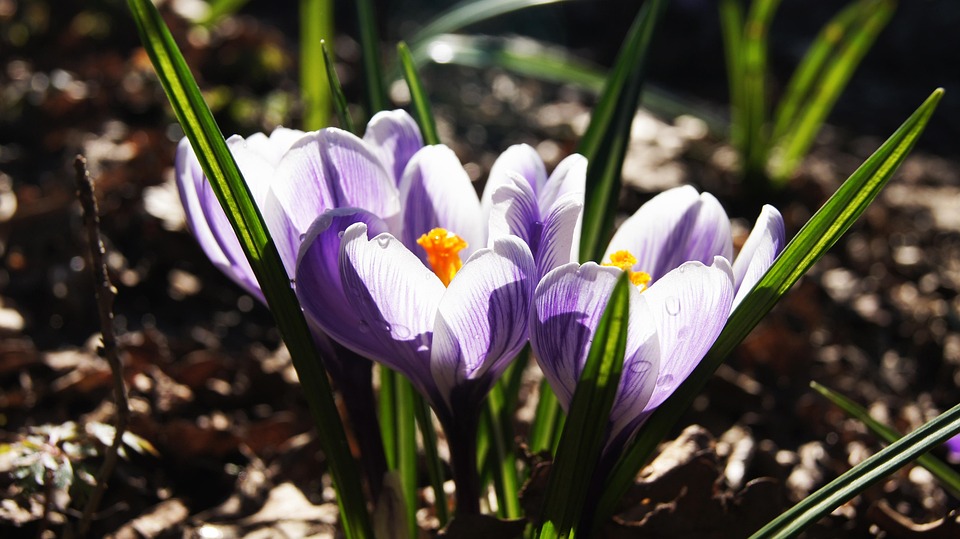Creating handmade soap can be a fun and rewarding hobby, allowing you to customize your own scents, colors, and textures. However, for beginners, getting started can seem overwhelming with all the different tools and ingredients available. A well-stocked soap making kit can provide everything you need to start creating your own soap, taking the guesswork out of the process. In this article, we will explore the essential tools and ingredients that should be included in the ultimate soap making kit for beginners.
Essential Tools
A good soap making kit should include a variety of tools to help you measure, mix, and mold your soap. Some essential tools to look for include:
- Digital scale: Accurate measurements are crucial in soap making, and a digital scale will ensure you’re using the right amount of ingredients.
- Mixing bowls and utensils: Stainless steel or heat-resistant glass bowls and spoons are necessary for mixing your soap ingredients.
- Immersion blender: An immersion blender will help you mix and blend your soap ingredients quickly and efficiently.
- Thermometer: A thermometer will help you monitor the temperature of your soap mixture, which is important for ensuring the soap sets properly.
- Mold: A soap mold will give your soap its shape and size. You can choose from a variety of mold shapes and sizes, depending on your preferences.
- Cutting tool: A cutting tool, such as a soap cutter or sharp knife, will be necessary for cutting your soap into bars once it’s set.
Essential Ingredients
In addition to the tools, a good soap making kit should also include a variety of ingredients to help you create your own unique soap recipes. Some essential ingredients to look for include:
- Oils: Oils such as olive, coconut, and palm oil are the base of your soap and will provide moisturizing and cleansing properties.
- Lye (sodium hydroxide): Lye is necessary for creating the soap-making process, but be sure to handle it with care and follow safety precautions.
- Distilled water: Distilled water is necessary for creating the lye solution and mixing with your oils.
- Colorants: Colorants such as oxides, ultramarines, and micas can be used to create a variety of colors and designs in your soap.
- Fragrance oils: Fragrance oils can be used to create a variety of scents and aromas in your soap.
- Herbs and botanicals: Herbs and botanicals such as calendula, chamomile, and lavender can be used to create unique and nourishing soap recipes.
Safety Precautions
Soap making can be a fun and rewarding hobby, but it’s essential to take necessary safety precautions when working with lye and other potentially hazardous materials. Be sure to:
- Wear protective gear: Wear protective gear such as gloves, goggles, and a mask when handling lye and other hazardous materials.
- Work in a well-ventilated area: Work in a well-ventilated area to prevent inhaling fumes or particles.
- Follow instructions carefully: Follow instructions carefully and take necessary precautions when handling hot or hazardous materials.
- Keep out of reach of children and pets: Keep soap making materials and equipment out of reach of children and pets to avoid accidents.
Tips and Tricks
Here are some tips and tricks to help you get started with soap making:
- Start with simple recipes: Start with simple recipes and gradually experiment with new ingredients and techniques as you become more confident.
- Use high-quality ingredients: Use high-quality ingredients to ensure your soap is nourishing and effective.
- Experiment with different colors and fragrances: Experiment with different colors and fragrances to create unique and personalized soap recipes.
- Join a soap making community: Join a soap making community or online forum to connect with other soap makers, share recipes, and learn new techniques.
Conclusion
A well-stocked soap making kit can provide everything you need to start creating your own soap, taking the guesswork out of the process. By including essential tools such as a digital scale, mixing bowls, and thermometer, and ingredients such as oils, lye, and fragrance oils, you’ll be well on your way to creating nourishing and effective soap recipes. Remember to always follow safety precautions and take necessary care when handling hazardous materials. With practice and patience, you’ll be creating beautiful and unique soap recipes in no time.
Frequently Asked Questions
Here are some frequently asked questions about soap making:
- Q: What is lye and is it safe to use?
A: Lye, also known as sodium hydroxide, is a necessary ingredient in soap making. However, it can be hazardous if not handled properly. Always wear protective gear and follow instructions carefully when working with lye.
- Q: Can I use any type of oil for soap making?
A: No, not all oils are suitable for soap making. Look for oils that are high in fatty acids, such as olive, coconut, and palm oil, which will provide moisturizing and cleansing properties.
- Q: How long does it take for soap to set?
A: The time it takes for soap to set will depend on the recipe and ingredients used. Generally, soap will take anywhere from 24-48 hours to set and become hard.
- Q: Can I customize my soap recipes with different colors and fragrances?
A: Yes, you can customize your soap recipes with different colors and fragrances. Experiment with different colorants and fragrance oils to create unique and personalized soap recipes.
- Q: Is soap making a difficult process?
A: Soap making can be a fun and rewarding hobby, but it does require some patience and practice. Start with simple recipes and gradually experiment with new ingredients and techniques as you become more confident.


